Continued from page 1
Australia’s Natural Resources and Manufacturing
AFR: So what sectors of the Australian manufacturing industry are ripe for this type of additive manufacturing technology?
NH: Well, we have had an automobile manufacturing industry here for the past fifty years, but that will all be gone very soon. It’s going to leave a vacuum of suppliers and parts suppliers in its wake. We’ve had Toyota, we’ve had Ford, we’ve had General Motors and we used to have Nissan. Those three auto makers are pulling out their manufacturing operations in Australia and shifting them to southeast Asia by 2017.
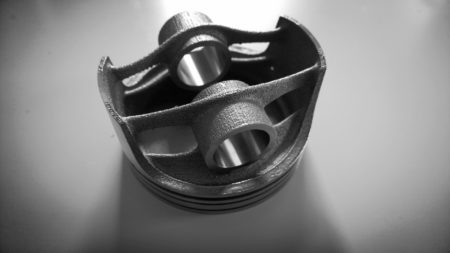
03 – Photo of the final piston design by Hardmarque using solidThinking technology and printed using additive manufacturing 3D metal printing. (image courtesy of Hardmarque, all rights reserved).
So manufacturing in Australia has a big question mark hanging over it.
On the flip side of that we happen to have one of the world’s largest reserves of titanium ore. And we have a wealth of other metal natural resources, under the ground. So there is a bit of a paradox. We have natural resources but we don’t do anything with them.
So really the thinking behind the piston (see image 03) is to respond to what’s happening in the Australian manufacturing world and make a statement about it. If we can’t make cars what can we make? In the US the specialty equipment automotive parts industry is a 7 1/2 billion dollar industry. These are parts that people buy because they want them for their cars not because they need them—things like performance upgrades, engine upgrades, suspension, exhaust, right through to cabin improvements.
Advertisement
With the piston and 3D printing you can begin to imagine a business around this industry that could focus on customization and personalization. The interesting thing about 3D printing is that, in theory, you don’t need to keep any inventory; people order through web store, select pre-designed parts compatible with their ride and or have them designed, and get them printed and shipped to their door. Turn around time for 3D printing for something like this, would be of the order of a couple weeks, even less.
AFR: Do you see the beginnings of that kind of thing happening in Australia at the moment?
NH: It’s quite nascent, actually, 3D printing in general. It’s quite fledgling.
AFR: Is the benefit of additive manufacturing that you are not wasting metal…is that one of the benefits?
NH: Yeah, that’s one of the benefits. The other one is complexity comes free. For instance, if you have a very complex part and you are trying to manufacture it using conventional processes like milling or casting you run into limitations. For example, if it’s milling the cutting tool can’t access that section of the part of the geometry; or if it’s casting you need to be able to get the part out of the mould. So you can’t have things like undercuts or convex type forms where when it’s cast you actually can’t get the part out. These are the sort of shape restrictions you get with conventional manufacturing processes. However with additive manufacturing there are no such limitations.
AFR: I would imagine that the 3D printing machines, however, are quite a bit more expensive than some of the traditional manufacturing gear.
NH: Yes, and the powder is expensive too.
AFR: And speaking of the powders, what kinds of metals are possible with this? Are all metals really possible is this kind of process?
NH: In theory yes because all you really are doing is welding it. Any material you can weld conventionally you can theoretically make a powder out of it and use in additive manufacturing or 3D printing machines. Though my friends at CSIRO will tell you that it comes down to uniformity of particle size and particle shape. So let’s say you want to work with aluminium metal, you would need to process aluminium powder—where each individual grain of powder has uniform size and shape—and that can get expensive. It’s the technology behind creating the metal powder right now that is kind of immature. It’s quite critical to the success you have in the machine.
AFR: So due to the nature of this process is the strength the same with 3D printing parts as if you created the part with traditional manufacturing methods?
NH: Yes.
next page: solidThinking Evolve and Inspired for Design and 3D Printing

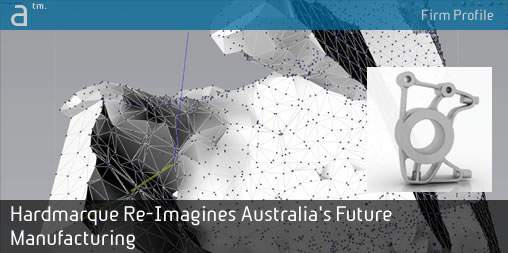
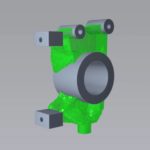
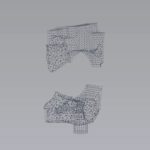
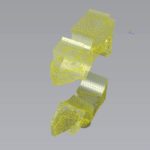


Reader Comments
#CAD Firm Profile: Nick Hardman—Hardmarque Re-Imagines Australia’s Future Manufacturing http://t.co/p8ENUqX0V0
#CAD Firm Profile: Nick Hardman—Hardmarque Re-Imagines Australia’s Future Manufacturing http://t.co/p8ENUqX0V0
Firm Profile: Nick Hardman—Hardmarque Re-Imagines Australia’s Future Manufacturing http://t.co/ExWhNuMqpZ via @architosh
Firm Profile: Nick Hardman—Hardmarque Re-Imagines Australia’s Future Manufacturing http://t.co/ExWhNuMqpZ via @architosh
http://t.co/YFlfxdhIMY — learn about “additive manufacturing” printing 3D parts and solidThinking in MCAD-design
Firm Profile: Nick Hardman—Hardmarque Re-Imagines Australia’s Future Manufacturing @vicgasco @Trede3D http://t.co/UqvR5aZ43Y
Firm Profile: Nick Hardman—Hardmarque Re-Imagines Australia’s Future Manufacturing @vicgasco @Trede3D http://t.co/UqvR5aZ43Y
http://t.co/YFlfxdhIMY — learn about “additive manufacturing” printing 3D parts and solidThinking in MCAD-design
RT @architosh http://t.co/v36VX3OKWw — learn about “additive manufacturing” printing 3D parts and solidThinking in MCAD-design
RT @architosh http://t.co/v36VX3OKWw — learn about “additive manufacturing” printing 3D parts and solidThinking in MCAD-design
RT @3dprint_news: RT @architosh http://t.co/v36VX3OKWw — learn about “additive manufacturing” printing 3D parts and solidThinking in MCAD-…
RT @3dprint_news: RT @architosh http://t.co/v36VX3OKWw — learn about “additive manufacturing” printing 3D parts and solidThinking in MCAD-…
Comments are closed.